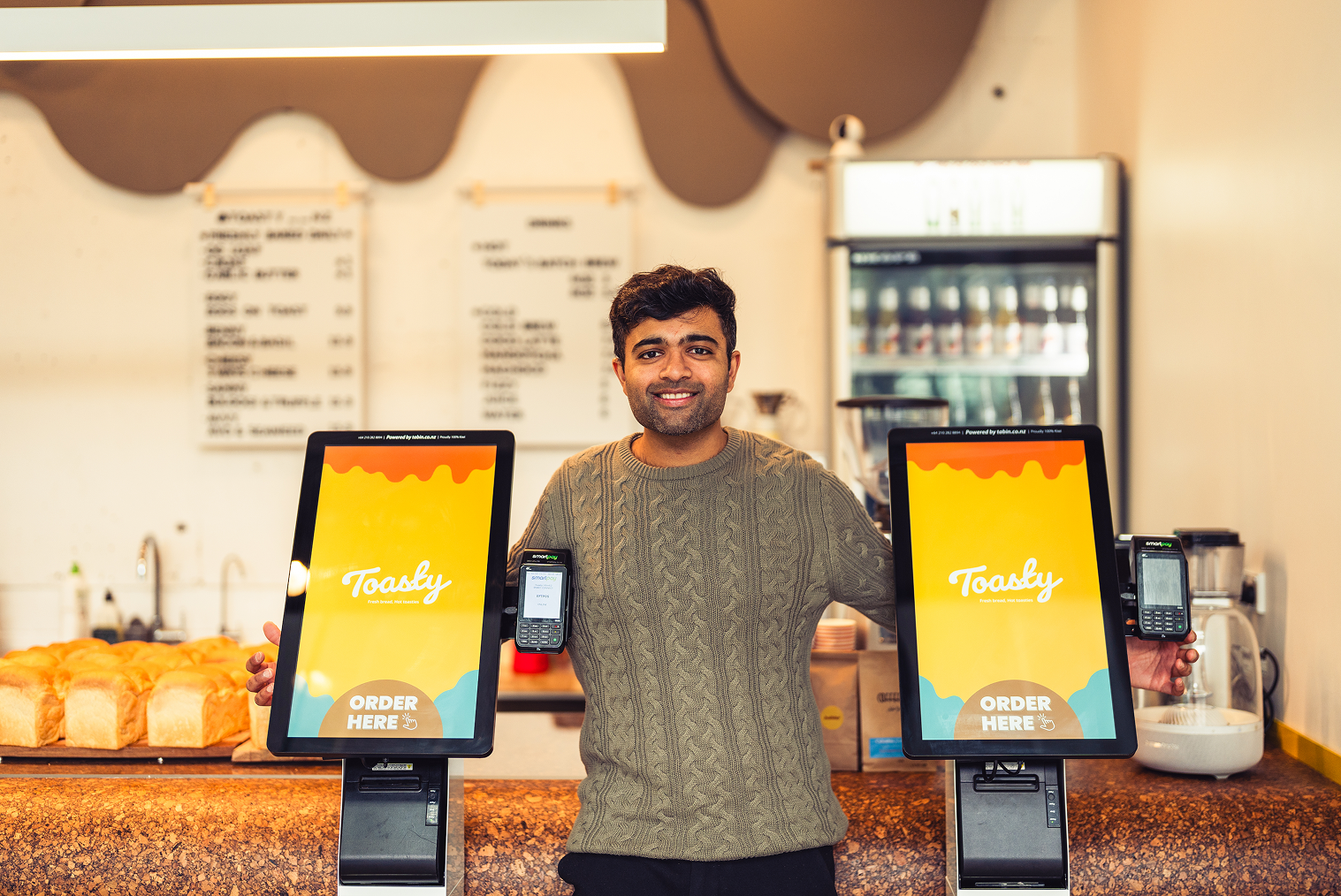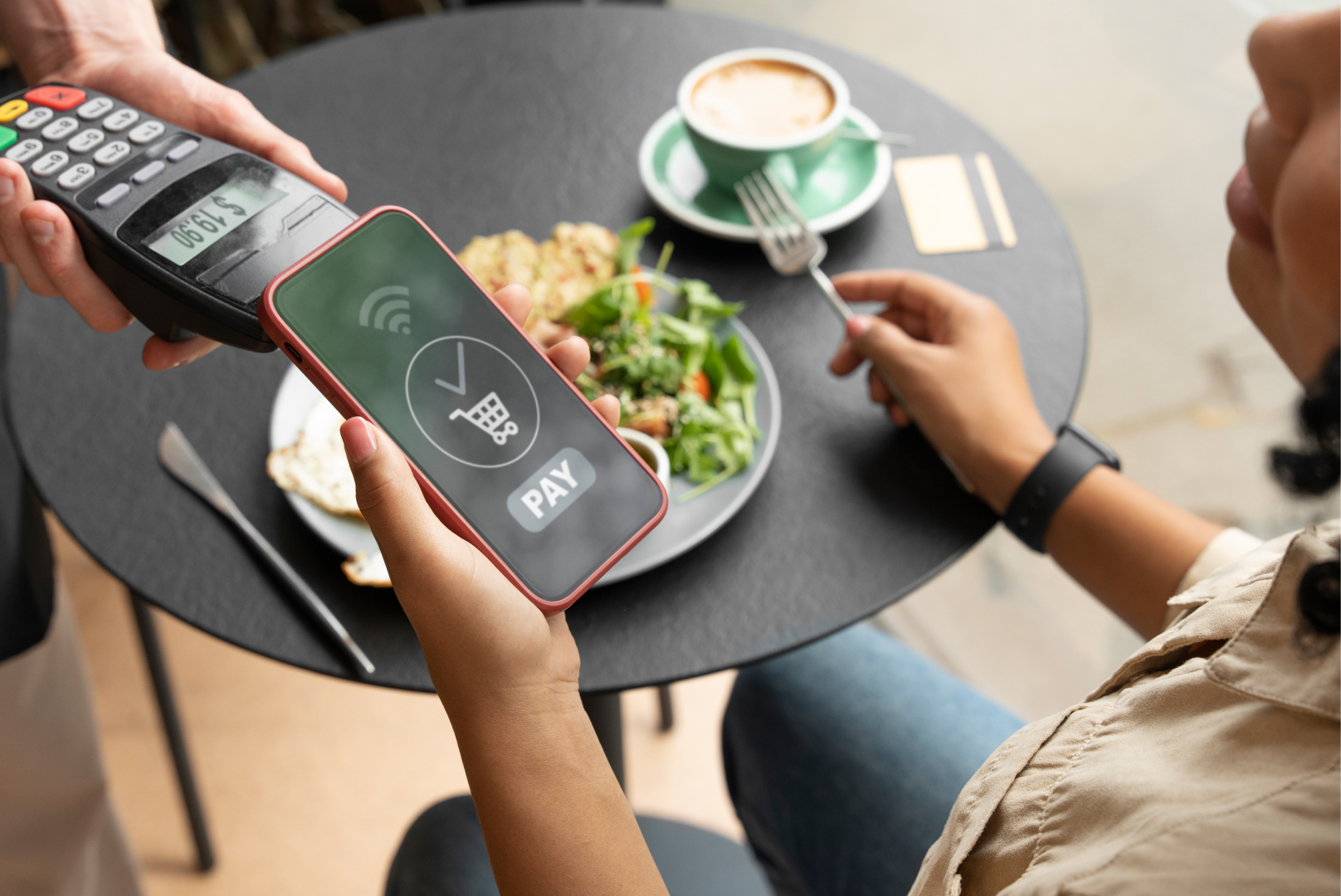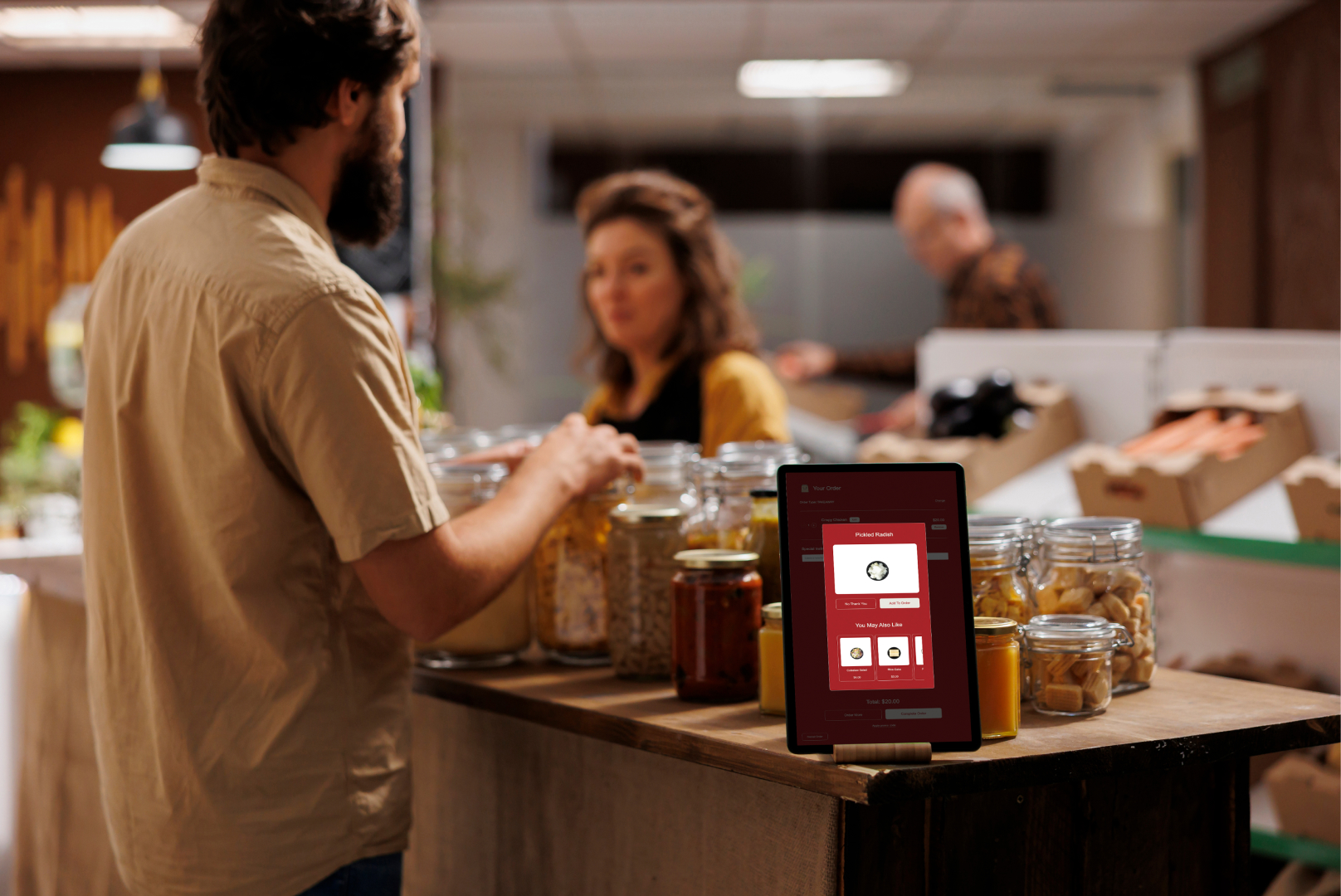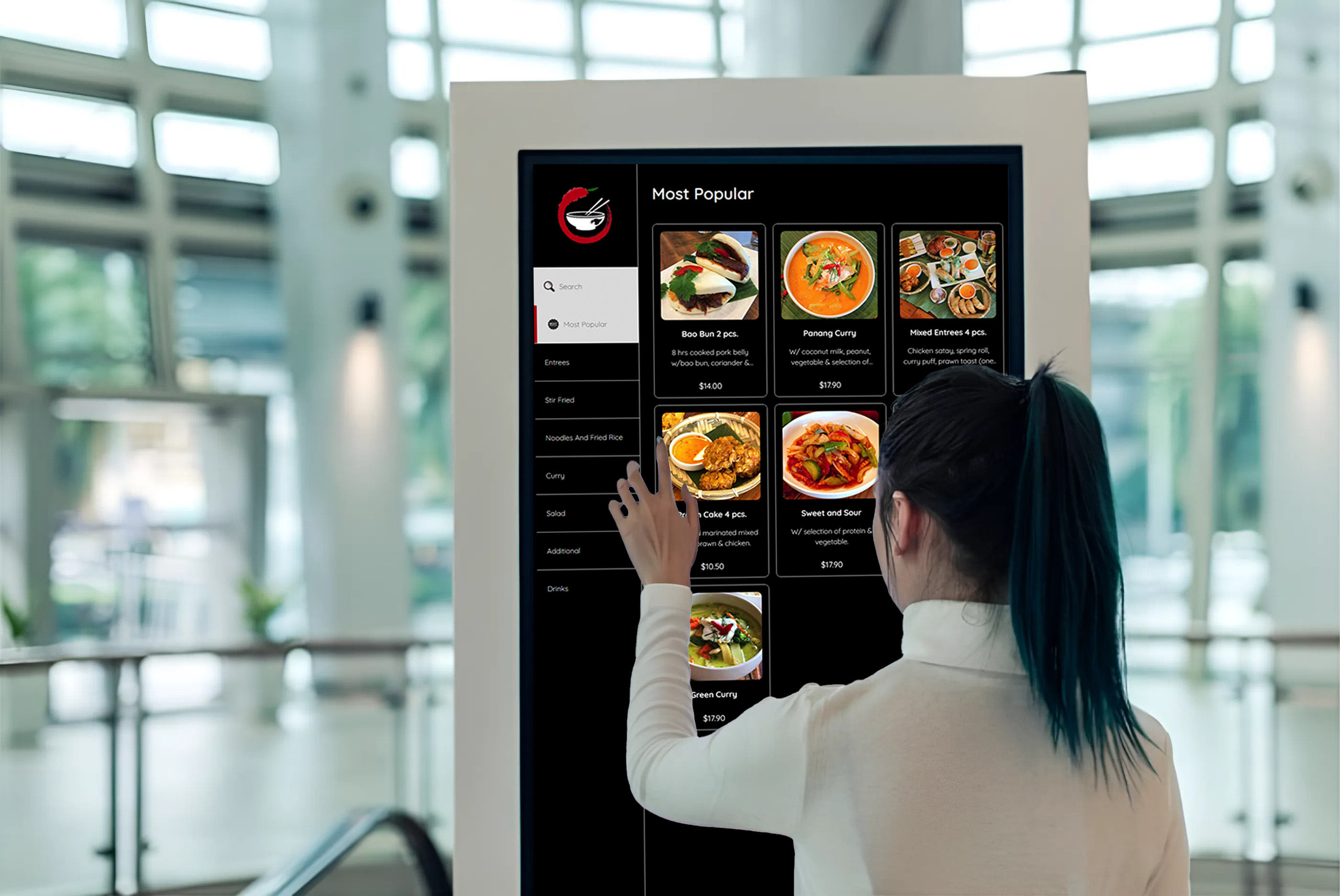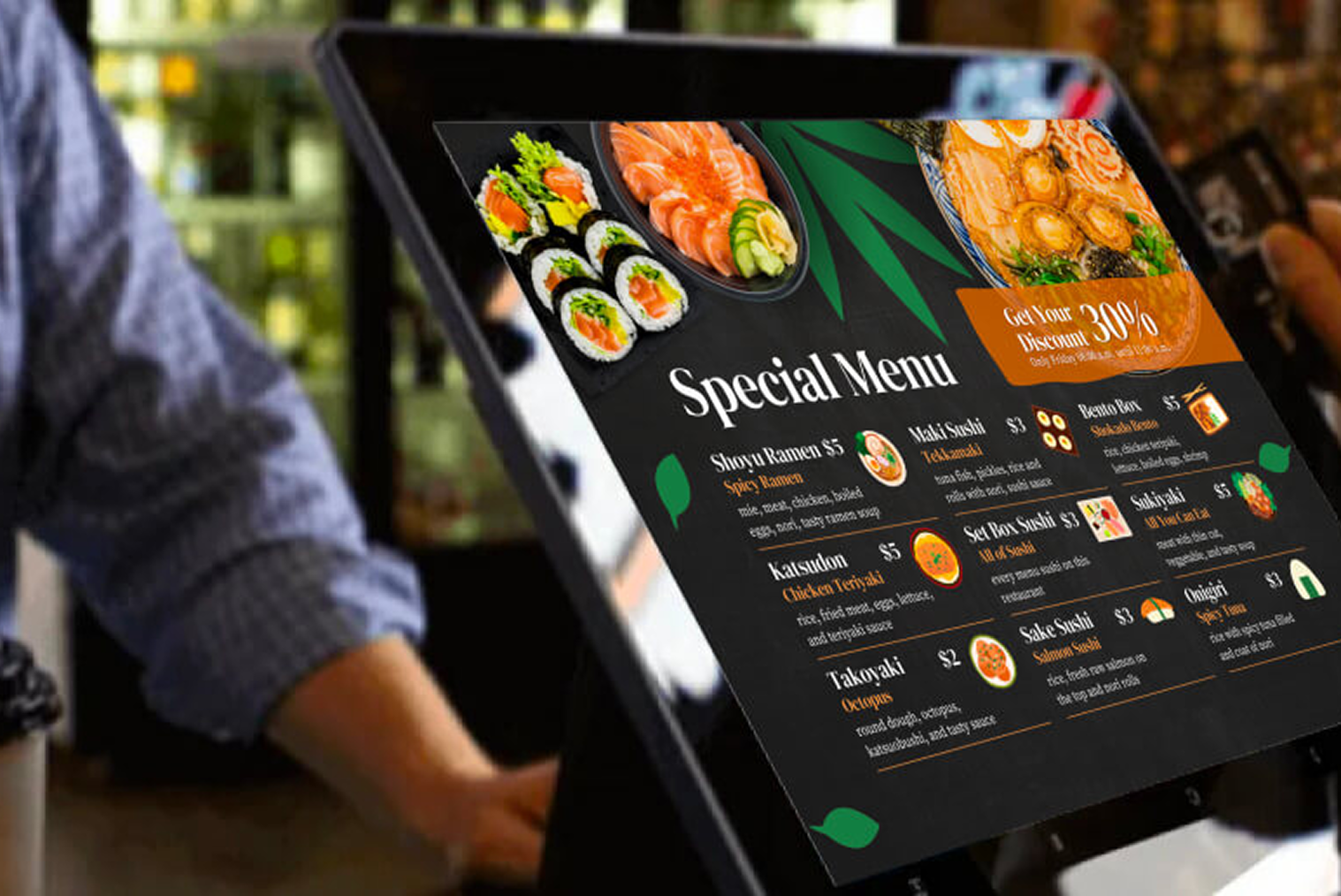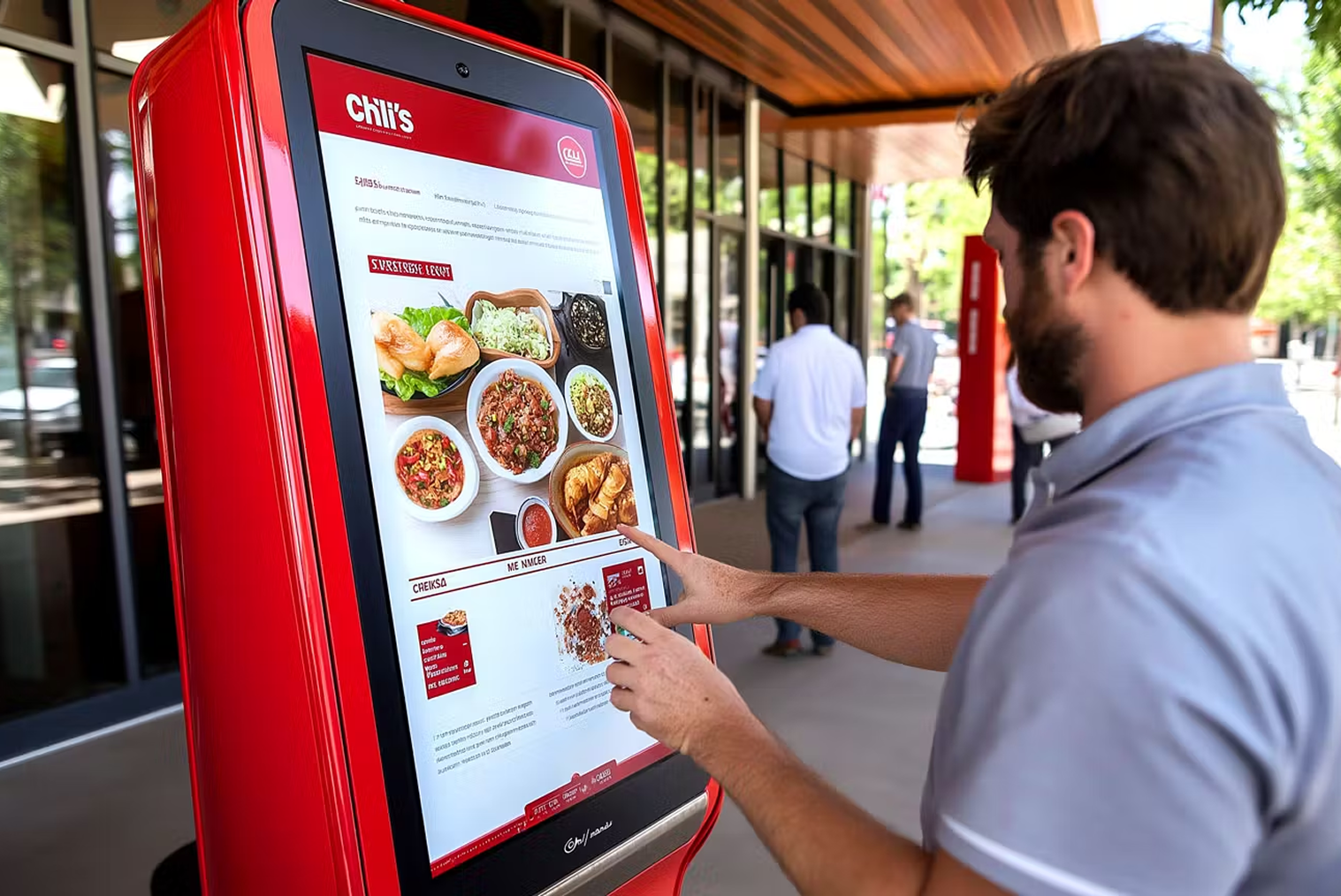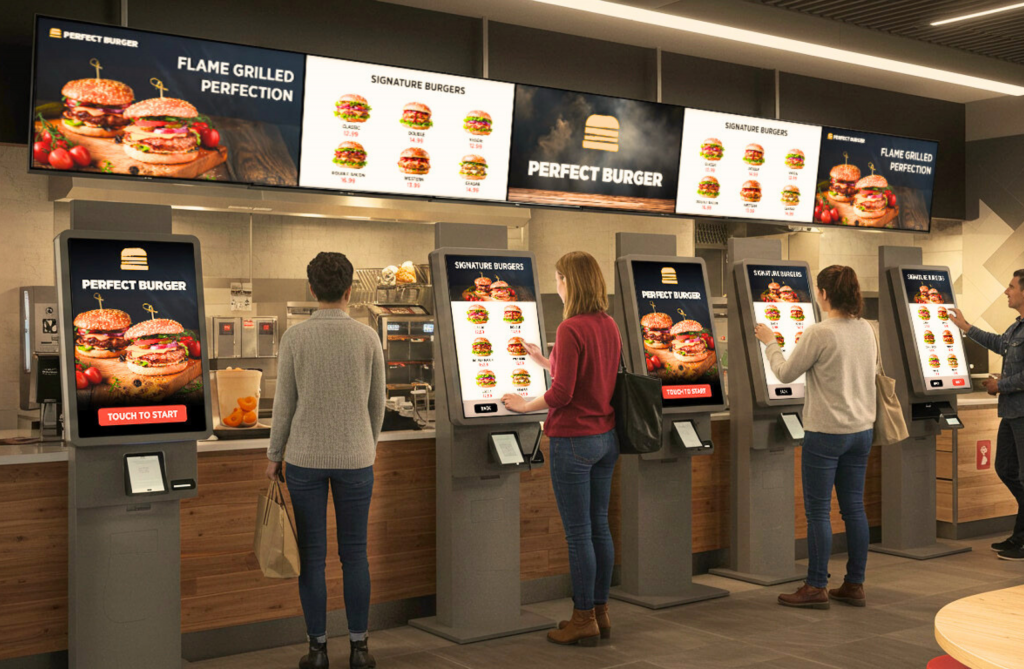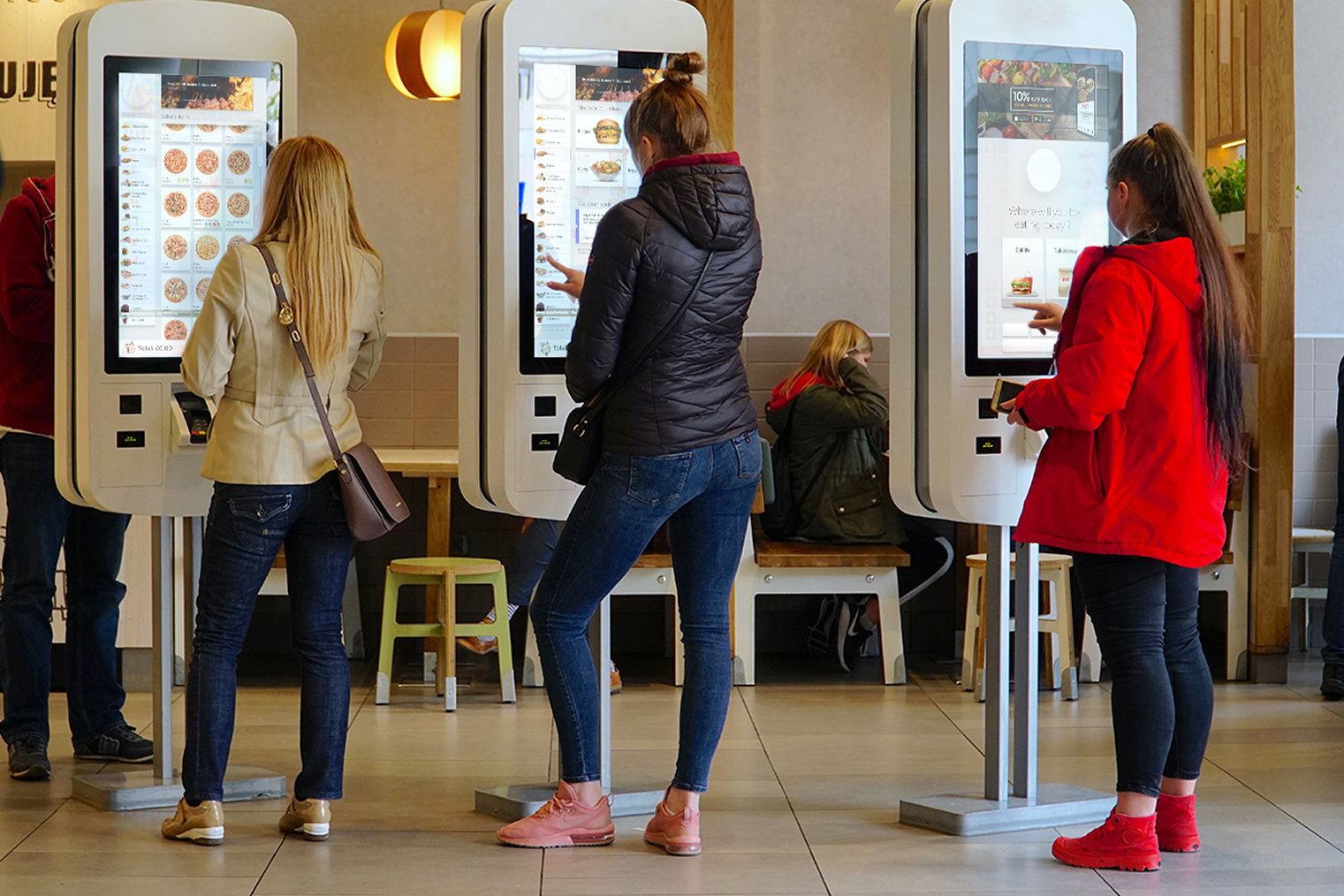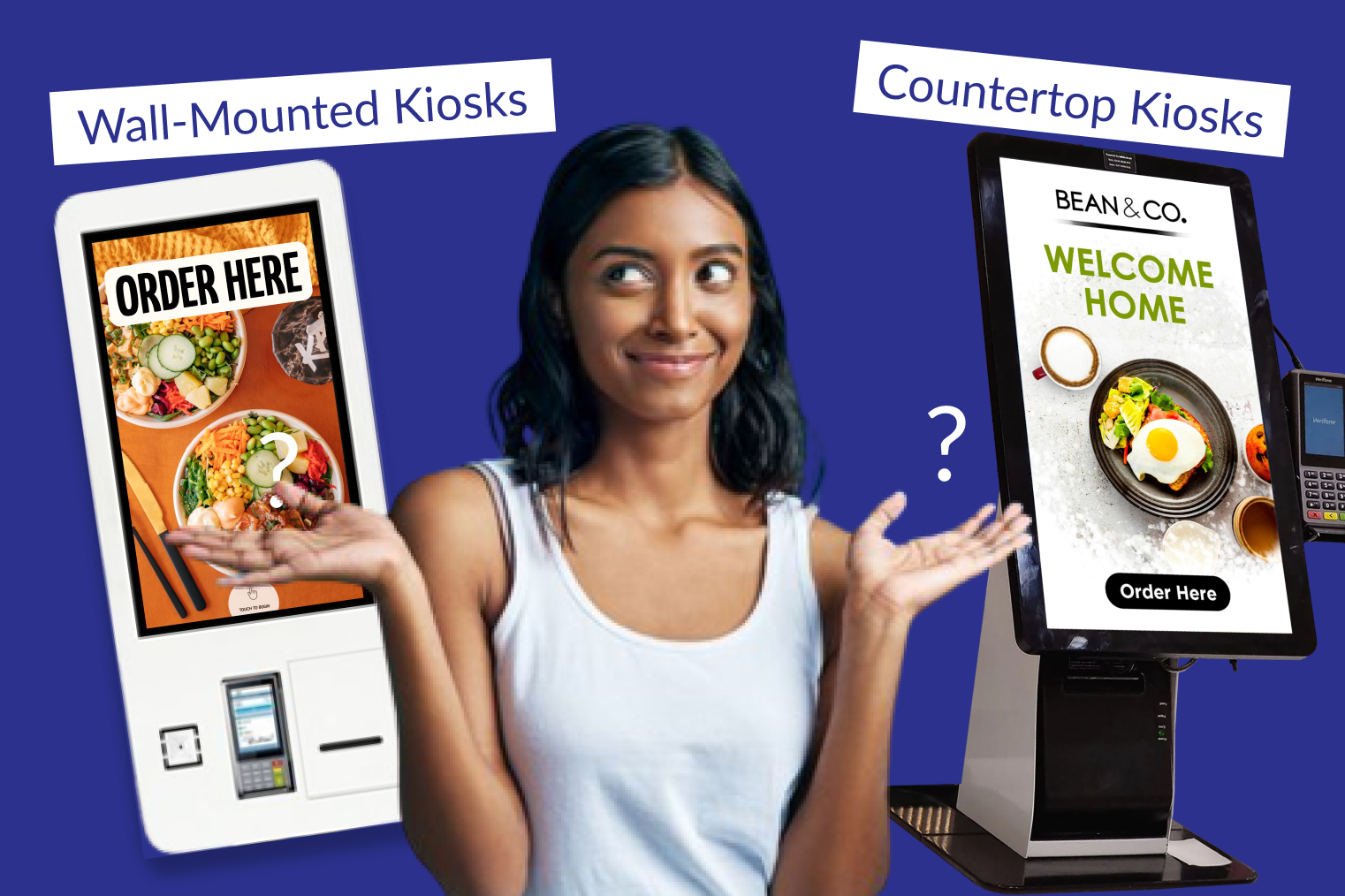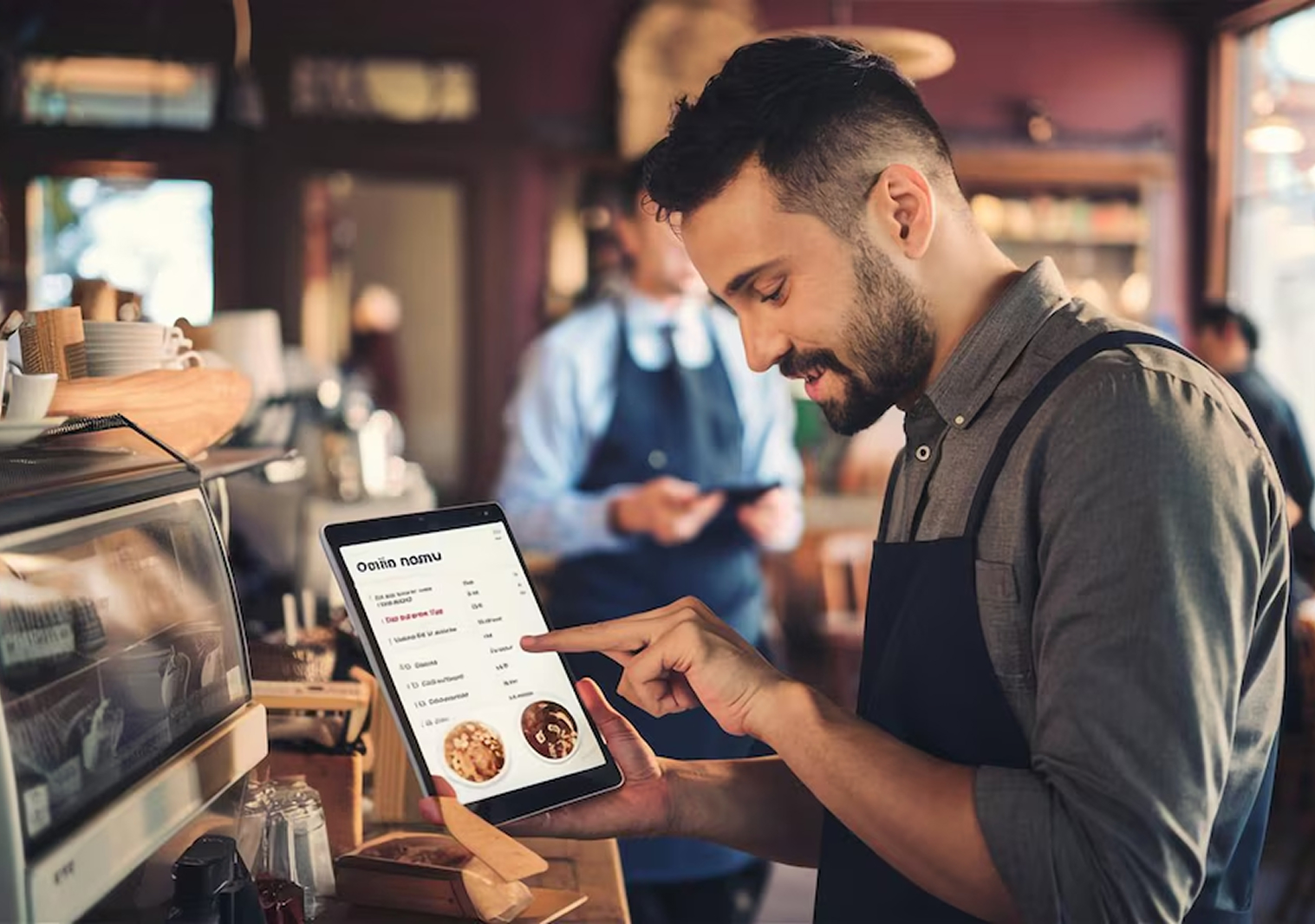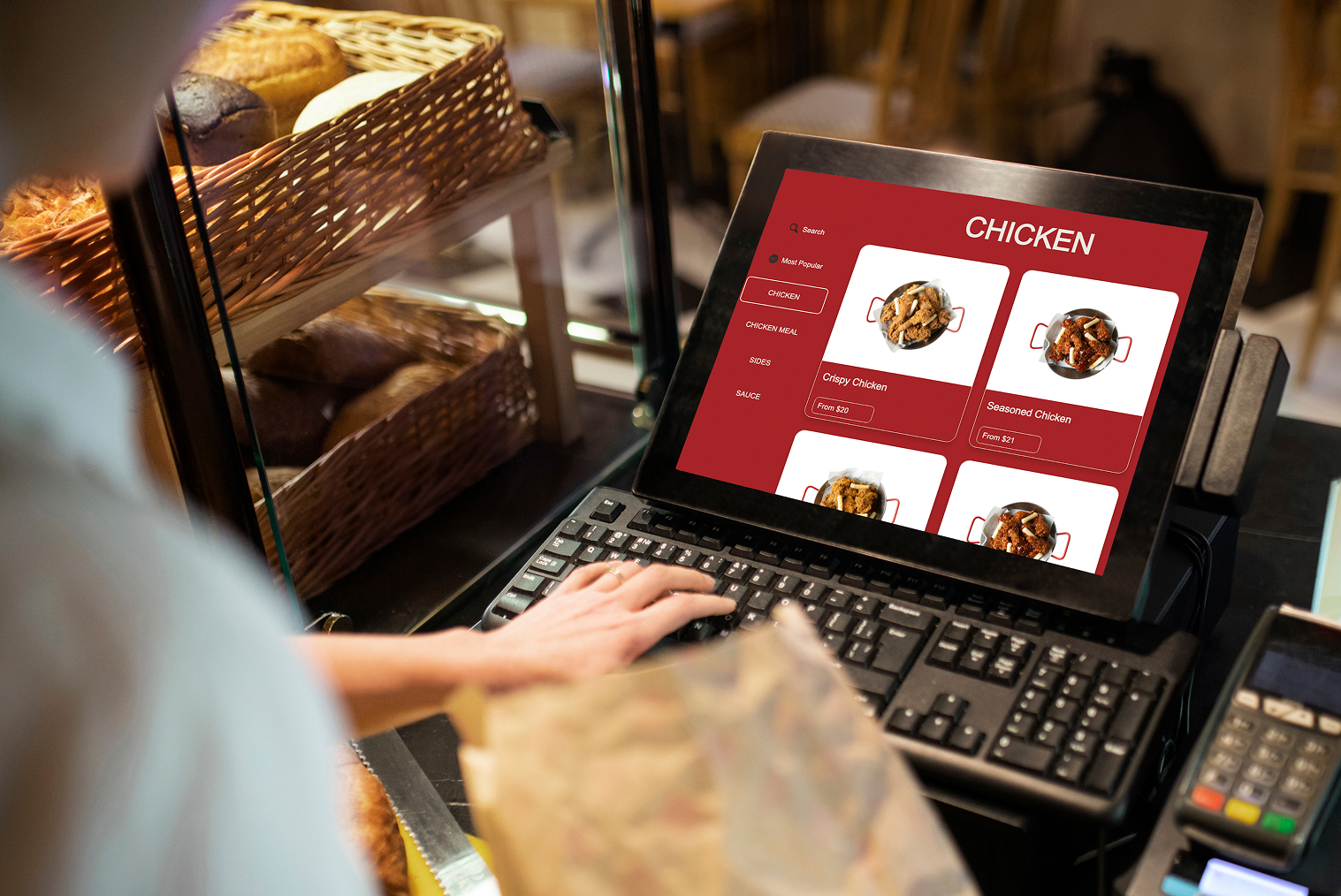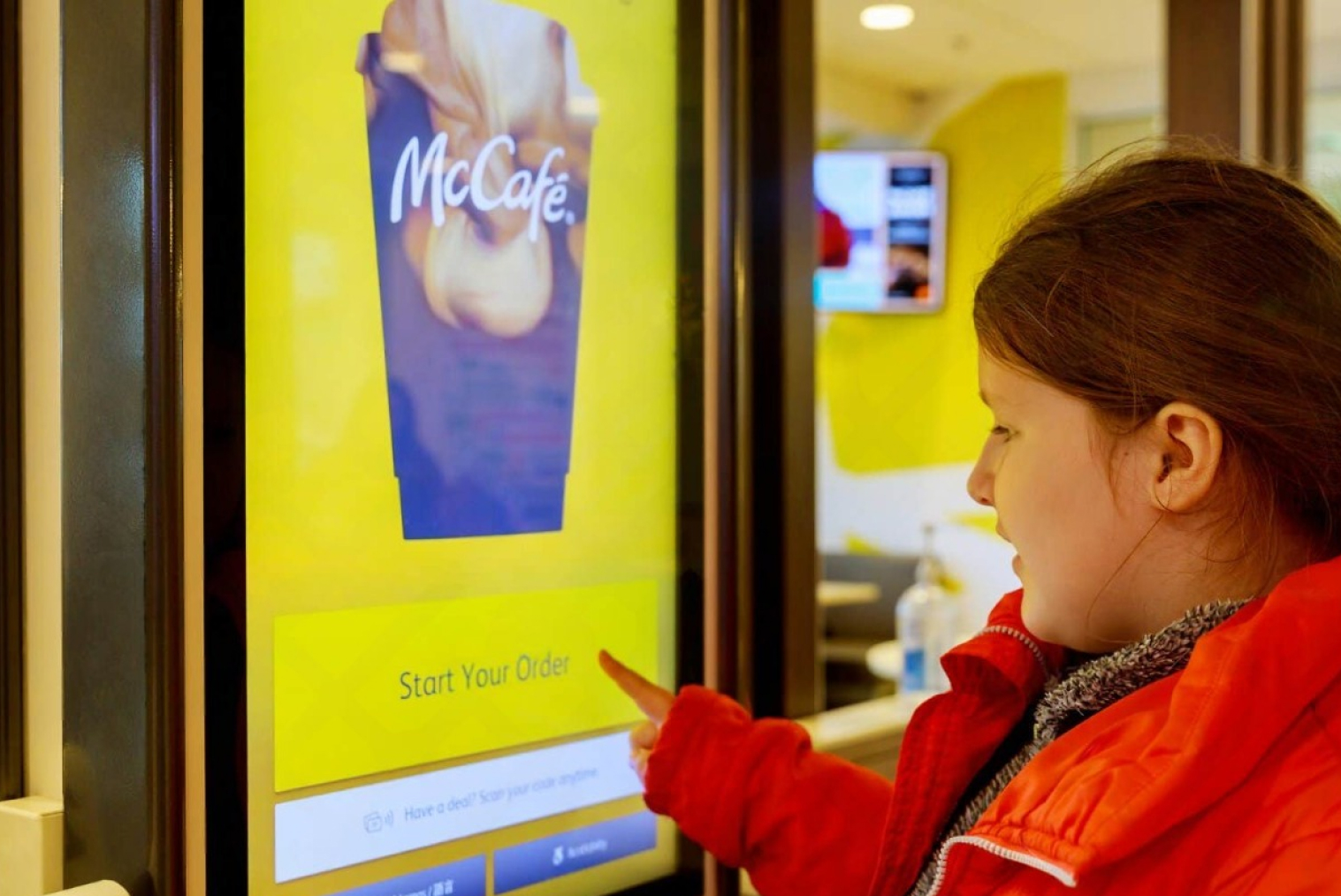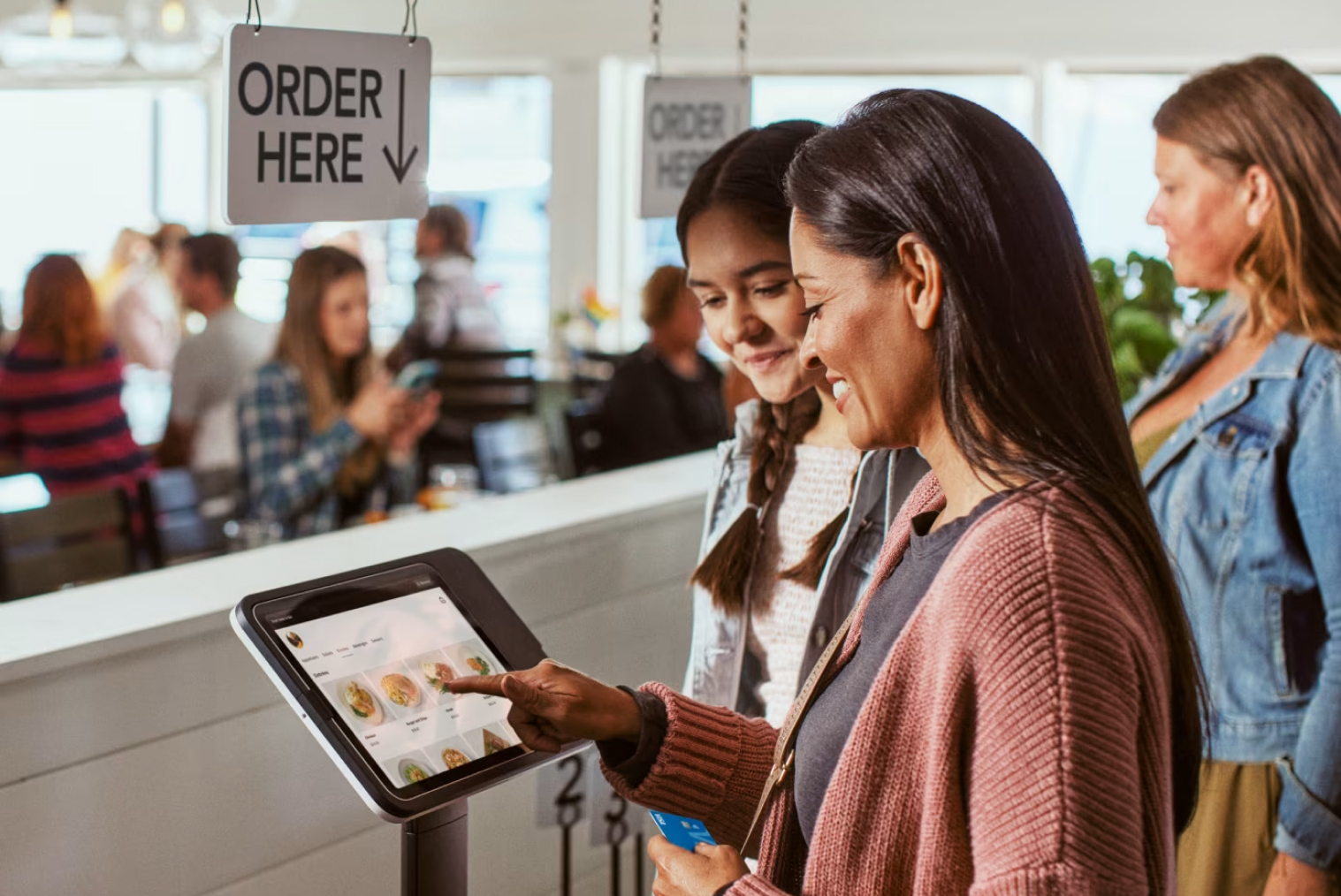In an era where convenience and speed are at the forefront of our customers' choices, understanding the types of kiosks available and knowing how a kiosk works can make or break your business strategy. From self-ordering systems in restaurants to ticketing terminals in transport hubs, kiosks come in various forms each designed to simplify transactions and enhance customer experiences.
What Are Kiosks?
Kiosks are standalone, interactive terminals that allow users to complete services without the physical presence of a human being, and or take payments, or retrieve information without being supervised. Kiosks today are commonly touchscreen-based, linked to payment schemes, and connected to back-end software for automated operations.
Companies in businesses ranging from retail and hospitality to healthcare and government are embracing kiosks to improve service delivery, reduce queues, and optimise staffing.
Different Types of Kiosk
Understanding the different types of kiosk is key to choosing the best solution for your needs. Here’s a breakdown of the most popular kiosk types:
1. Self-Ordering Kiosks
Used widely in quick-service restaurants (QSRs), cafes, and food courts, these kiosks let customers browse menus, customise orders, and pay. When connected to a POS system and kitchen display system (KDS), these kiosks process orders faster than conventional setups. The result: reduced wait times, greater accuracy, and more efficient QSR kitchens and supply chains.
2. Information Kiosks
These kiosks are located everywhere - malls, airports, hospitals, museums - these kiosks provide directions, event information or general information. They’re designed for easy navigation, often supporting multiple languages and accessibility features.
3. Ticketing & Payment Kiosks
Deployed in train stations, cinemas, and parking facilities, essentially providing a location for the user to purchase tickets and make payments. These kiosks are mostly completely cashless, often accepting cards, mobile wallets, and QR codes for ticket/purchase.
4. Bill Payment Kiosks
Commonly used by utilities, telecom companies, and banks, these kiosks eliminate queues and make service faster and easier.
5. Check-In & Registration Kiosks
Widely used in airports, hotels, hospitals, and corporate receptions, these kiosks facilitate smooth self-check-in or visitor registration, reducing front-desk congestion.
6. Retail & Vending Kiosks
Retail kiosks act as digital catalogues or self-checkout stations in stores, while vending kiosks offer automated selling of items like snacks, beverages, or electronics.
How Does a Kiosk Work?
So, how does a kiosk work? While kiosk functions vary by application, they share these common operating principles:
✅ Touchscreen Interface
Customers interact via a user-friendly display to navigate menus, input details, or complete transactions.
✅ Software Integration
The kiosk software connects to back-end systems like POS, inventory management, CRM, or ticketing systems to sync orders and data in real time.
✅ Payment Processing
Modern kiosks accept UPI, QR codes, debit/credit cards, and mobile wallets, providing secure, contactless transactions.
✅ Connectivity
Kiosks often connect to cloud-based servers or on-premise networks, enabling remote monitoring, software updates, and data collection.
✅ Peripheral Hardware
Depending on the kiosk type, they may include printers, barcode scanners, RFID readers, biometric sensors, or speakers.
This integration of hardware and software automates tasks that traditionally required staff, improving speed, accuracy, and service consistency.
Benefits of Using the Right Kiosk
🔹 Faster Service
Reduce queue time and serve more customers, particularly during peak periods.
🔹 Better Accuracy
Reduce order errors with direct customer entry.
🔹 Enhanced Customer Experience
Give users more control and convenience over their transaction or inquiry.
🔹 Cost Savings
Optimise staff allocation by automating repetitive tasks.
🔹 Data Collection
Capture detailed insights on customer preferences, purchase history, and peak usage times.
Conclusion
Choosing the right kiosk depends on understanding the types of kiosks available and knowing how a kiosk works to meet your unique operational needs. Whether you’re a restaurant owner looking to deploy self-ordering kiosks or a retailer considering self-checkout stations, selecting the right technology is crucial to enhance your customer experience and overall operational efficiency.
About Tabin
This blog is published by Tabin, a trusted partner for restaurants across New Zealand. We specialise in modern self-service kiosk solutions and integrated POS technology helping restaurants deliver faster, smarter, and more personalised service.
Frequently Asked Questions (FAQs)
Q1: What are the main types of kiosks?
The main types include self-ordering kiosks, information kiosks, ticketing/payment kiosks, bill payment kiosks, check-in/registration kiosks, and retail/vending kiosks.
Q2: How does a kiosk work?
A kiosk works through a touchscreen interface, connected software, secure payment systems, and peripheral devices, allowing customers to complete transactions or access services independently.
Q3: Are kiosks only for large businesses?
No, kiosks can benefit businesses of all sizes—from small cafes using self-ordering systems to large retail chains installing self-checkout stations.
